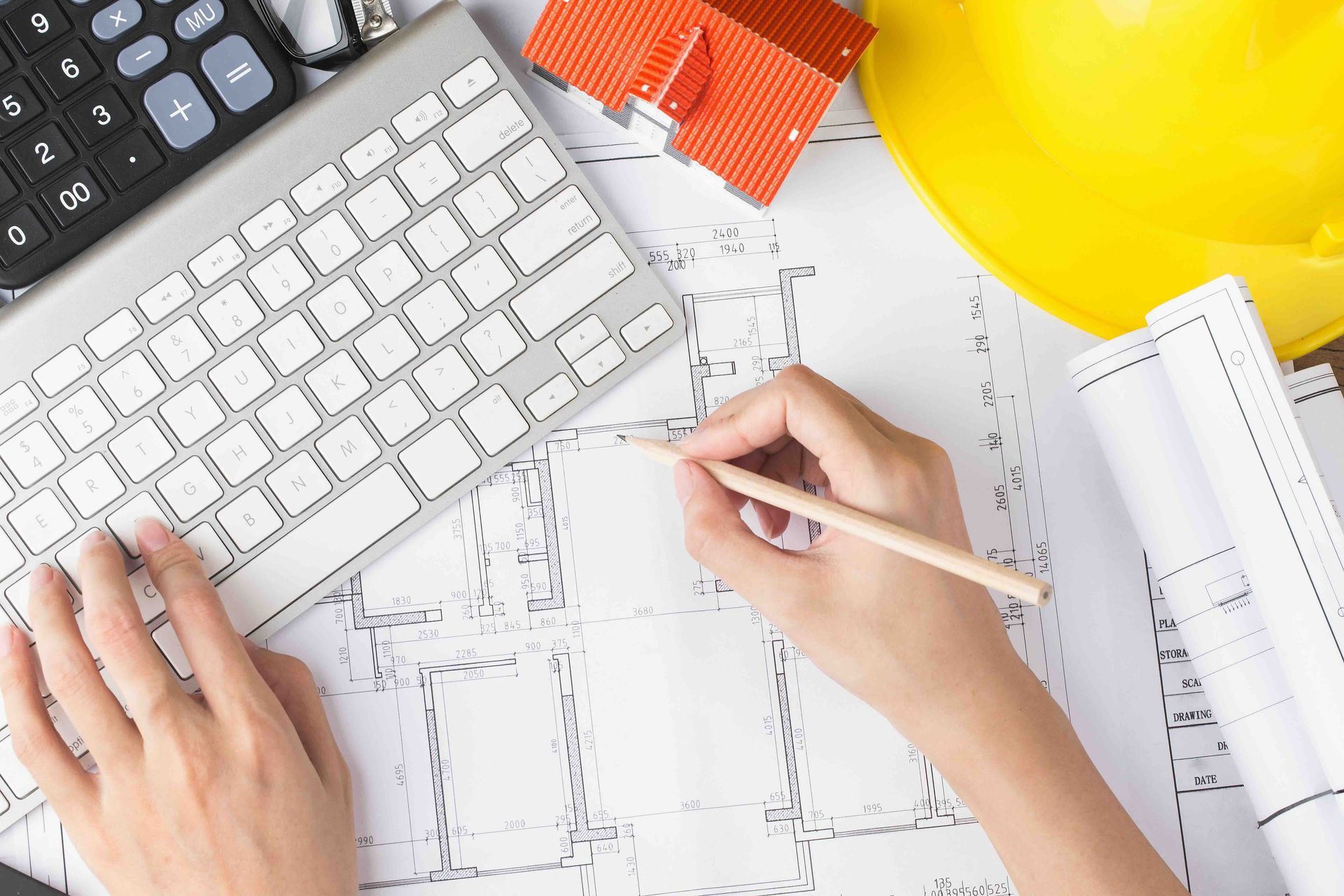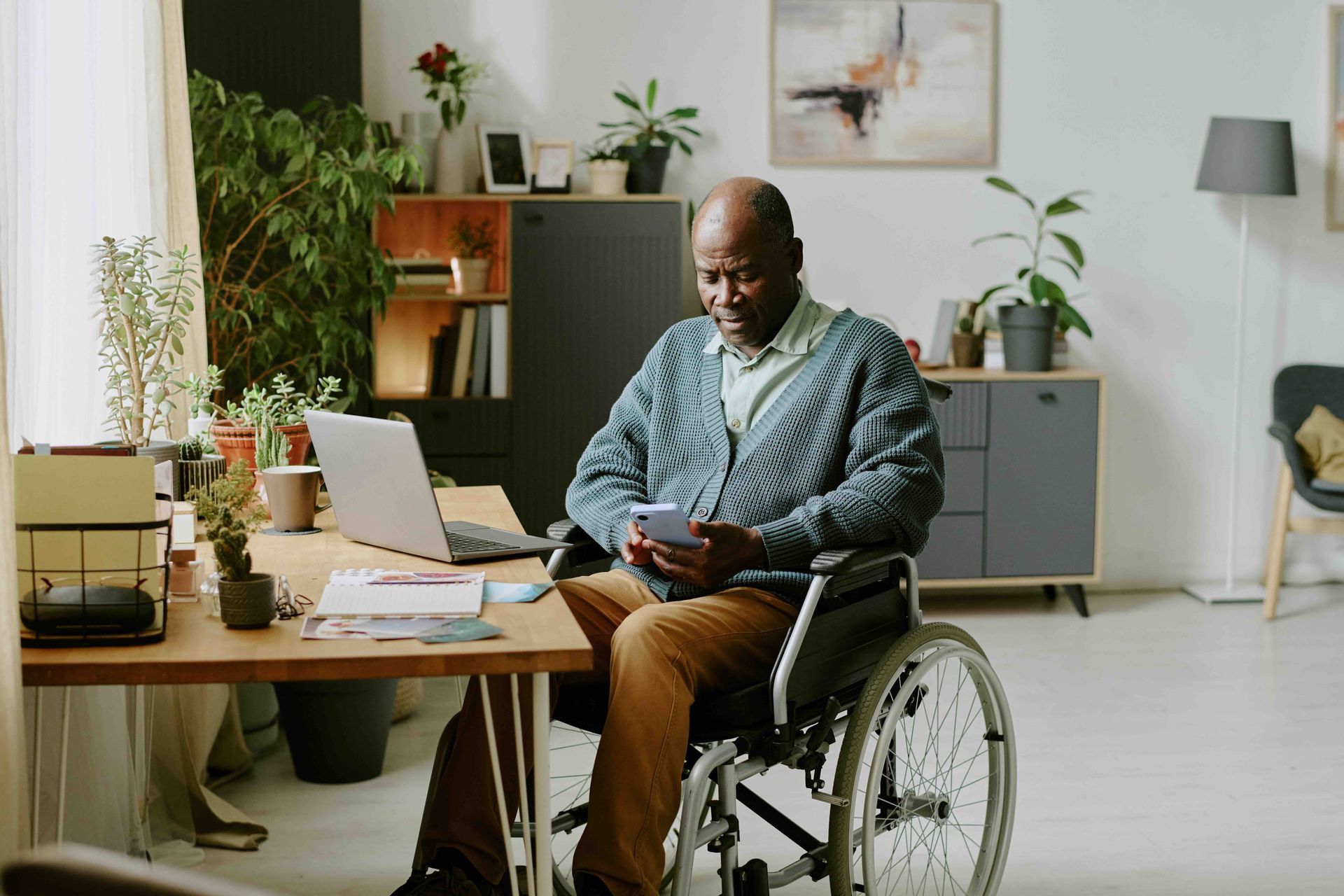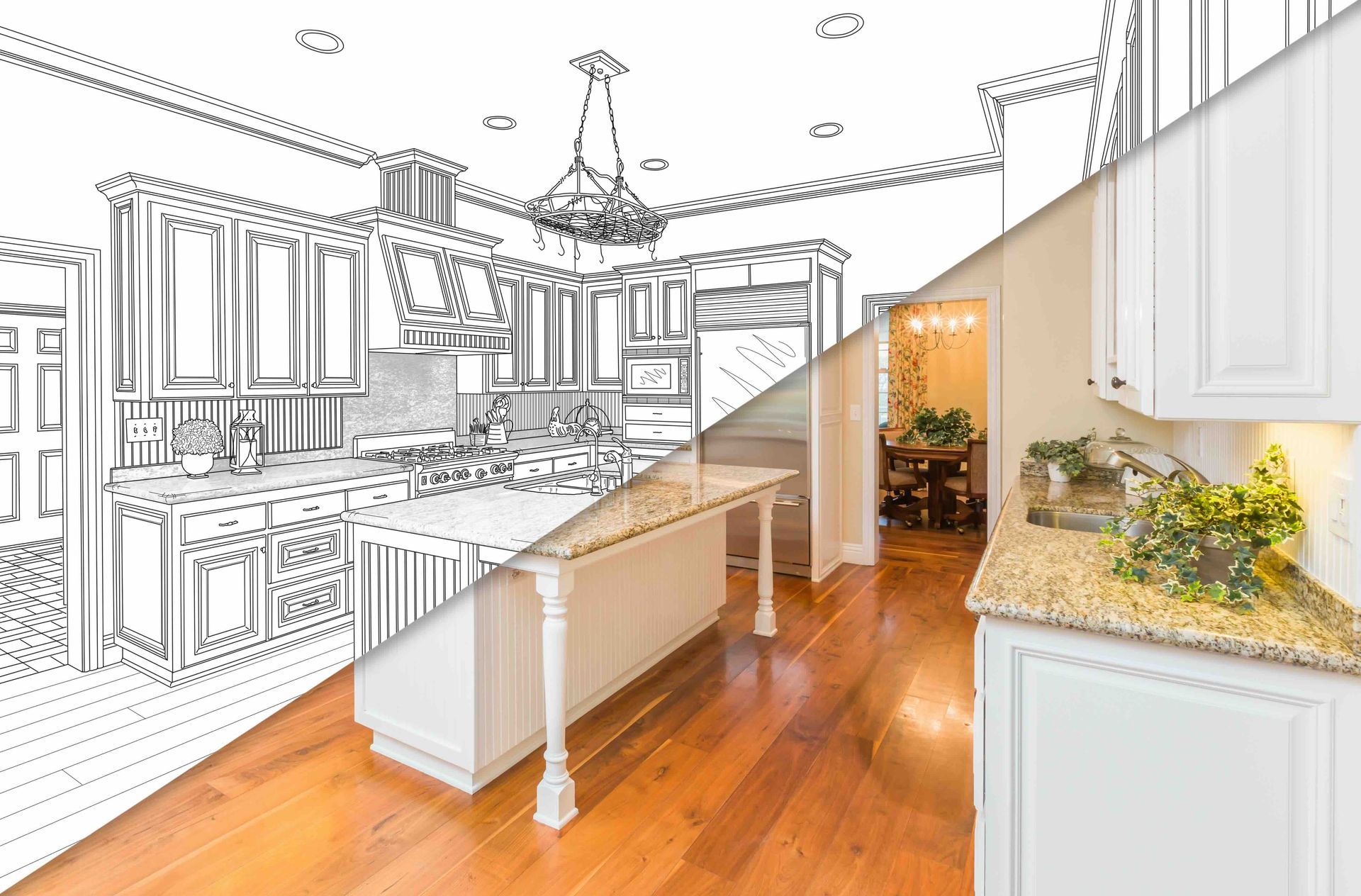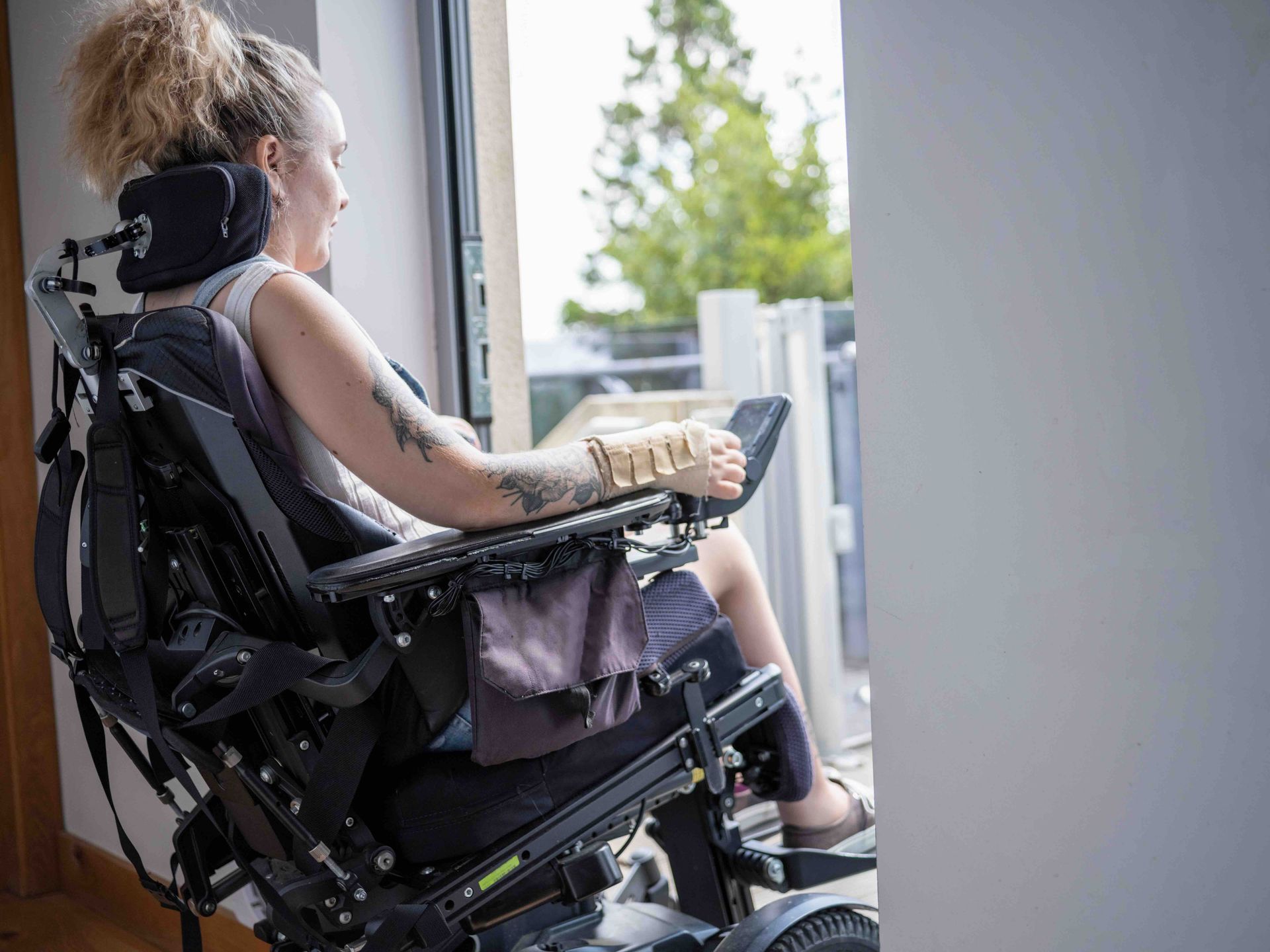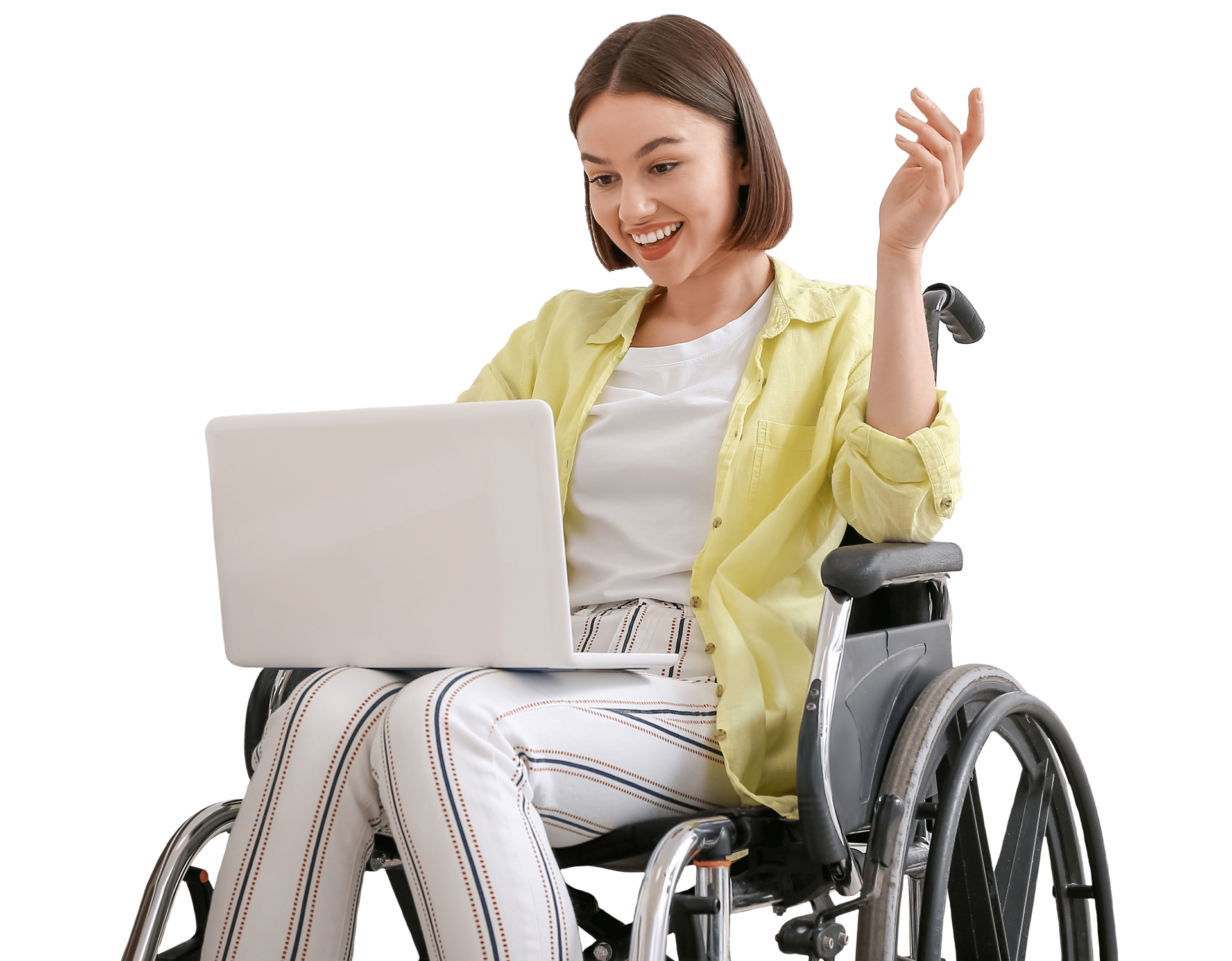A Look at Daily Challenges for People with Disabilities
Disability is a multifaceted and diverse experience, encompassing a wide range of physical, sensory, intellectual, and mental health conditions.
While significant strides have been made in promoting inclusivity and accessibility, daily life continues to present unique and often formidable challenges for people with disabilities. These hurdles extend beyond the immediate effects of their conditions, permeating various aspects of society, from physical infrastructure to deeply ingrained social attitudes.
Understanding these daily struggles is crucial for fostering a more equitable and accessible world, one where every individual can participate fully and live with dignity.
Are you looking for an expert resource in accessible spaces, special modifications for persons with mobility challenges, and more? Contact Lakeshore Barrier Free today.
Navigating the Physical Environment
Accessibility in Public Spaces
One of the most visible and immediate challenges for people with disabilities lies in navigating the built environment. Public spaces, often designed without considering diverse needs, can become insurmountable obstacles.
For individuals using wheelchairs or other mobility aids, the absence of ramps or functional elevators can render buildings and public facilities entirely inaccessible. Even when ramps are present, they may be too steep, too narrow, or lack proper handrails, posing safety risks.
Restrooms, a fundamental necessity, frequently present significant barriers. Stalls may be too small to accommodate a wheelchair, grab bars might be missing or incorrectly placed, and sinks or hand dryers may be out of reach.
Similarly, narrow doorways, revolving doors, or heavy manual doors can prevent entry or exit, forcing individuals to rely on assistance or forgo access altogether. Uneven surfaces, cracked pavements, or cobblestone streets, while seemingly minor, can be treacherous for those with mobility impairments or visual disabilities, increasing the risk of falls and injuries. The lack of tactile paving at crosswalks or audible signals at traffic lights further isolates individuals with visual impairments, making independent navigation perilous.
Transportation Barriers
Public transportation systems, intended to connect communities, often become a source of frustration and isolation for people with disabilities.
Many buses, trains, and subways lack accessible ramps or lifts, or these mechanisms may be poorly maintained and unreliable. Even when vehicles are technically accessible, issues such as insufficient space for wheelchairs, lack of securement systems, or drivers untrained in assisting passengers with disabilities can make travel difficult or impossible. The infrequency of accessible routes or the absence of paratransit services in many areas further limits mobility, forcing individuals to rely on expensive private transportation or the goodwill of others.
The economic burden of inaccessible transportation is substantial. The cost of specialized vehicles, accessible taxis, or ride-sharing services can be prohibitive, especially for individuals who may already face employment barriers. This lack of reliable and affordable transportation directly impacts access to employment, education, healthcare, and social activities, effectively shrinking the world for people with disabilities and limiting their opportunities for independence and community participation.
Social and Attitudinal Barriers
Stigma and Discrimination
Beyond physical obstacles, people with disabilities frequently encounter profound social and attitudinal barriers. Stigma, rooted in ignorance, fear, and misconceptions, manifests as prejudice and discrimination.
Individuals may be subjected to patronizing attitudes, infantilization, or outright exclusion. Stereotypes, such as the belief that people with disabilities are inherently helpless, perpetually ill, or intellectually inferior, undermine their capabilities and potential. This can lead to a pervasive sense of being "othered" or invisible in society.
The impact of stigma and discrimination on mental health is significant. Constant exposure to negative attitudes can lead to feelings of shame, low self-esteem, anxiety, and depression.
It can also deter individuals from pursuing educational or employment opportunities or from engaging in social activities, fearing judgment or rejection. Discrimination can be systemic, appearing in hiring practices, housing applications, or even casual social interactions, creating a constant uphill battle for acceptance and equal treatment.
Communication Challenges
Effective communication is fundamental to human interaction, yet many people with disabilities face significant hurdles in this area. For individuals who are deaf or hard of hearing, the absence of qualified sign language interpreters in healthcare settings, educational institutions, or public events can lead to profound misunderstandings and exclusion.
Similarly, a lack of accessible formats for information, such as Braille, large print, or audio descriptions, disenfranchises individuals with visual impairments from accessing vital documents, educational materials, or cultural experiences.
People with speech impairments may struggle to be understood, leading to frustration and isolation. The general public's lack of awareness or patience in communicating with individuals who use augmentative and alternative communication (AAC) devices or have unique speech patterns further exacerbates these challenges. These communication barriers not only impact daily interactions but also have serious implications for access to education, securing employment, receiving appropriate healthcare, and participating in legal processes, where clear and accurate communication is paramount.
Economic and Employment Hurdles
Employment Discrimination
Despite legislation aimed at protecting their rights, people with disabilities continue to face significant employment discrimination. Unemployment rates among individuals with disabilities are consistently higher than for their non-disabled counterparts, and those who are employed often earn less. Employers may harbor misconceptions about their capabilities, fear the cost of accommodations, or simply be unwilling to hire them.
Even when hired, individuals with disabilities may encounter a lack of reasonable accommodations, such as flexible work schedules, assistive technology, or modified workspaces, which are essential for them to perform their jobs effectively. This lack of support can lead to underemployment or forced resignation. The pervasive belief that hiring someone with a disability is a "burden" rather than an asset deprives society of valuable talent and contributes to economic disparity.
Financial Strain
Living with a disability often entails substantial financial strain. Medical costs, including ongoing therapy, specialized equipment, and prescription medications, can be exorbitant. Assistive devices, such as wheelchairs, prosthetics, hearing aids, or communication devices, are often expensive and may not be fully covered by insurance. The need for personal care assistants or specialized transportation further adds to the financial burden.
Compounded by lower employment rates and wage gaps, many people with disabilities face limited income, making it difficult to cover essential living expenses, let alone save for the future or afford leisure activities. This financial precarity can lead to a cycle of poverty, impacting their ability to access nutritious food, stable housing, and quality healthcare, thereby diminishing their overall quality of life and perpetuating a cycle of disadvantage.
Access to Education and Healthcare
Educational Disparities
Access to quality education is a fundamental right, yet many students with disabilities face significant disparities. Inclusive education, where students with disabilities learn alongside their non-disabled peers, is often poorly implemented or entirely absent. Schools may lack the resources, trained staff, or accessible infrastructure to adequately support students with diverse learning needs.
The unavailability of accessible educational materials, such as textbooks in Braille or large print, or digital content compatible with screen readers, can severely hinder academic progress. Insufficient support services, including individualized education plans (IEPs), speech therapy, or occupational therapy, further disadvantage students. These educational barriers limit academic achievement and significantly impact future opportunities, including higher education and meaningful employment, thereby perpetuating cycles of disadvantage.
Healthcare Inequities
Access to equitable healthcare is another critical area where people with disabilities encounter significant challenges. Many clinics and hospitals are physically inaccessible, lacking ramps, accessible examination tables, or diagnostic equipment that can accommodate individuals with mobility impairments. This physical inaccessibility can prevent individuals from receiving necessary screenings, treatments, or preventative care.
Beyond physical barriers, there is often a lack of disability-competent healthcare providers. Medical professionals may lack training in communicating with or treating patients with diverse disabilities, leading to misdiagnoses, inadequate care, or a failure to address their specific health needs.
Communication barriers, such as the absence of sign language interpreters or the failure to provide information in accessible formats, can compromise patient safety and autonomy, making it difficult for individuals to understand their conditions or make informed decisions about their treatment. This systemic neglect results in poorer health outcomes and exacerbates existing health disparities for people with disabilities.
The Critical Role of Barrier-Free Home Modifications and Universal Design
Understanding Barrier-Free Home Modifications
Barrier-free home modifications refer to specific alterations made to an existing living space to eliminate physical obstacles and enhance accessibility for individuals with disabilities. These modifications are typically tailored to the unique needs of the resident, aiming to create a safer, more functional, and independent environment. Examples include the installation of ramps at entryways to replace steps, widening doorways to accommodate wheelchairs, and installing grab bars in bathrooms and showers to provide stability and prevent falls.
Other common modifications include lowering countertops and sinks in kitchens and bathrooms, installing roll-in showers without curbs, and replacing traditional doorknobs with lever handles that are easier to operate. These changes can range from minor adjustments to significant renovations, all with the goal of removing impediments that restrict movement, create hazards, or necessitate external assistance for daily tasks. The focus is on practical, tangible changes that directly address the physical barriers within a home.
The Principles of Universal Design
While barrier-free modifications adapt existing spaces, Universal Design takes a proactive, holistic approach. Universal Design is the design of products and environments to be usable by all people, to the greatest extent possible, without the need for adaptation or specialized design. It is about creating spaces that are inherently accessible and intuitive for everyone, regardless of age, ability, or circumstance. It anticipates diverse needs from the outset, rather than retrofitting solutions later.
The concept of Universal Design is guided by seven core principles:
- Equitable Use: The design is useful and marketable to people with diverse abilities. (e.g., a ramped entrance usable by everyone).
- Flexibility in Use: The design accommodates a wide range of individual preferences and abilities. (e.g., adjustable-height countertops).
- Simple and Intuitive Use: Use of the design is easy to understand, regardless of the user's experience, knowledge, language skills, or concentration level. (e.g., clear, consistent signage).
- Perceptible Information: The design communicates necessary information effectively to the user, regardless of ambient conditions or the user's sensory abilities. (e.g., visual and audible cues on appliances).
- Tolerance for Error: The design minimizes hazards and the adverse consequences of accidental or unintended actions. (e.g., non-slip flooring).
- Low Physical Effort: The design can be used efficiently and comfortably and with a minimum of fatigue. (e.g., lever handles instead of doorknobs).
- Size and Space for Approach and Use: Appropriate size and space are provided for approach, reach, manipulation, and use regardless of user's body size, posture, or mobility. (e.g., wide hallways and open floor plans).
In home design, Universal Design translates to features like no-step entries, wider hallways and doorways (at least 36 inches), reinforced bathroom walls for future grab bar installation, light switches and outlets placed at accessible heights, and open floor plans that allow for easy maneuverability. It's about designing homes that are inherently adaptable and welcoming to people of all abilities, including those who may age in place or temporarily experience reduced mobility.
Benefits of Implementation
The implementation of barrier-free home modifications and the adoption of universal design principles offer a multitude of profound benefits, extending far beyond the immediate convenience for people with disabilities.
- Firstly, they lead to enhanced independence and dignity. When a home is designed to be accessible, individuals can perform daily tasks such as bathing, cooking, and moving between rooms autonomously. This self-sufficiency not only boosts confidence but also preserves their dignity, reducing the need to rely on others for basic personal care.
- Secondly, these designs significantly improve safety. Features like grab bars, non-slip flooring, and ample maneuvering space drastically reduce the risk of falls and accidents, which are common concerns for individuals with mobility challenges. This proactive approach to safety can prevent injuries and costly emergency interventions.
- Thirdly, an accessible home fosters increased comfort and well-being. A living environment free from physical barriers reduces frustration and physical strain, creating a more relaxed and supportive atmosphere. This contributes positively to mental health, reducing stress and promoting a sense of belonging and control over one's personal space.
- Fourthly, universal design promotes greater inclusivity and social participation. When a home is accessible, it becomes easier for friends and family, including those with disabilities or older guests, to visit. This facilitates social connections and allows the resident to host gatherings, fostering a more vibrant and integrated social life.
- Fifthly, there are significant long-term cost savings. While initial modifications or universal design elements might seem like an upfront investment, they often negate the need for more extensive and expensive renovations later as needs change (e.g., due to aging or progressive conditions). Designing universally from the start can be more cost-effective than retrofitting.
- Sixthly, homes incorporating universal design principles often have increased property value and marketability. Such properties appeal to a broader demographic, including aging populations, families with members who have disabilities, or simply those who appreciate forward-thinking, adaptable living spaces.
- Seventhly, accessible homes can reduce caregiver burden. When an individual can perform more tasks independently, the physical and emotional strain on caregivers is lessened, allowing them to focus on other aspects of care or simply have more personal time.
- Finally, a barrier-free environment can promote health and rehabilitation. Easier access to all areas of the home means individuals can more readily engage in prescribed exercises, access necessary medical equipment, and maintain a healthier, more active lifestyle within their own living space.
Key Takeaways
The daily challenges faced by people with disabilities are pervasive and multifaceted, encompassing physical, social, economic, educational, and healthcare barriers. From navigating inaccessible public spaces and transportation systems to confronting stigma and discrimination, the hurdles are significant and often systemic.
These challenges not only impede independence and participation but also contribute to disparities in employment, income, education, and health outcomes. However, the path towards a more inclusive society is clear.
By recognizing and actively dismantling these barriers, particularly through the widespread adoption of barrier-free home modifications and the principles of universal design, we can create environments that are inherently welcoming and functional for everyone.
Investing in these solutions is not merely an act of compliance but a fundamental commitment to equity, dignity, and the full realization of human potential for all individuals. It is a collective responsibility to build a world where disability is seen not as a limitation, but as a dimension of human diversity, fully supported by an accessible and inclusive society.
TALK TO THE EXPERTS OF LAKESHORE BARRIER FREE TODAY!
We believe that everyone should have access to every area of their home! We work directly with you to make sure that every grab bar, bathroom sink, kitchen countertop, patient lift, and more is at the perfect location for you and your loved ones. Call us at
(616) 477-2685 or email us at
Info@LakeshoreBarrierFree.com
Share this blog


